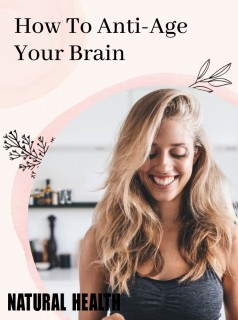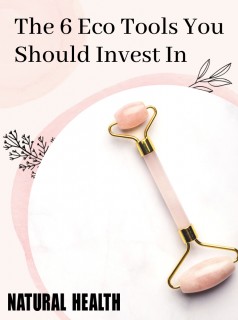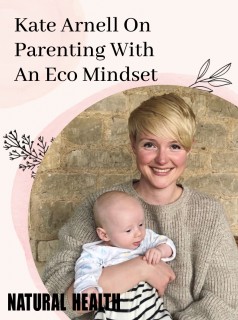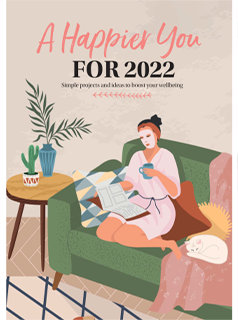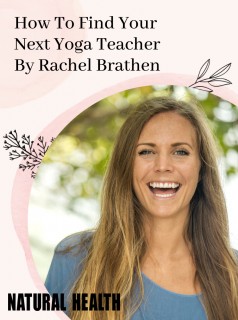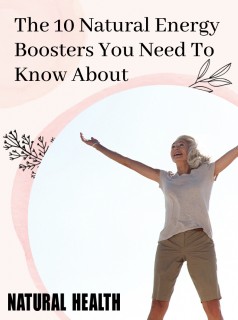Here’s why embracing the Nordic trend friluftsliv can boost your mental and physical wellbeing
If the last few years are anything to go by, it’s safe to say we Brits love embracing a Scandinavian trend. First we had hygge – the concept of staying warm and cosy inside by lighting candles, inviting friends over and indulging ourselves with self-care. But our cool Scandi friends aren’t always holed up indoors drinking hot chocolate and playing board games – there’s a big part of their culture that encourages just the opposite: meet friluftsliv, the Nordic concept of getting outdoors. And far from being a new idea, it’s something people in Denmark, Norway and Sweden have been embracing for a century. It’s so ingrained that it’s not uncommon for employers to give their staff designated time off to explore the great outdoors.
But it’s a concept that has never been so relevant as it is today in a world where lifestyles are often sedentary and office based. Getting out and about in nature is the perfect antidote to hours spent hunched over our phones flicking through social media – something that’s been proven to be detrimental to our wellbeing. “I think we all know intuitively that going outdoors is good for us – so many recent scientific studies and reports have shown us that the benefits to going outdoors are myriad,” says Alice Peck, author of new book The Green Cure (£12.99, Ryland, Peters, and Small (CICO)). “Simply looking at the colour green can relax the nervous system, facilitating deeper, steadier breath, helping the lungs to cleanse pollutants.
“Time spent outside lowers rates of heart disease, osteoporosis, multiple sclerosis, cognitive impairment in ageing adults, and even some types of cancer, as well as vitamin D deficiencies. Forest bathing – spending intentional time with trees like yew, sugi, and pine that emit specific biochemicals that combine and interact with the central nervous system – has been shown to have stress-reducing, anaesthetic qualities, and even anti-carcinogenic properties.” Alice also points out that the more connected we are to nature, the more we tend to be conscientious, extroverted, agreeable, and open. “This seems to apply particularly to children,” she says. “According to new research from The University of Hong Kong, parents who said their child had a closer connection with nature had less distress, less hyperactivity, and fewer behavioural and emotional difficulties, and improved prosocial behaviour.”
How to friluftsliv
“I’m always trying to think of ways to get outside regularly and incorporate nature into my day,” says Alice. “I’ve found that a quick stroll around the block after lunch takes about five minutes and allows me to get some fresh air and clear my head. I also try to walk instead of driving or taking public transportation when I’m running short errands – it’s better for me and better for the environment!
“When meeting a friend for lunch, if the weather is nice, I’ll suggest getting a takeaway and sitting in the park instead of a restaurant. And walking a dog – either your own or a friend’s – lifts not just our mood but our heart by helping us to manufacture oxytocin, the love hormone.”
Stuck inside?
What about if you really can’t get outside that easily – for example, if you have mobility issues? All is not lost, as Alice explains: “If you can’t get outside, even sitting next to a window can be beneficial. Scientific studies have shown a view of nature supports both physical and mental health. Opening the window and sitting in the sun is one of the best ways to absorb vitamin D – the sunshine vitamin – strengthening our bones, boosting our immune and nervous systems, facilitating brain function, and perhaps even ameliorating depression.
“In one study, college students who had views of the outdoors during tests scored better than those who didn’t,” she says. “Office workers with a view of trees and greenery felt their jobs were less stressful and said they were more satisfied with their occupations than those whose workplaces were limited to a view of buildings. And those workers with a view of nature considered quitting their jobs less frequently. “Opening the window during a downpour can increase the flow of oxygen to the brain, lift our mood, and make us more alert. Other studies report that negative ions – molecules that have lost their electrical charge – can ease posttraumatic stress disorder, addictive urges and even asthma.
“Why not try it now?” says Alice. “Open the nearest window or even just look through it. Pause. Take a deep breath. Look out and let your gaze settle on something green like a tree, or perhaps the sky – is it cloudy or bright blue or starfilled? Pay attention. Pause. Take another breath. Did you notice a shift? This simple and accessible practice can slow your heart rate, improving your focus and concentration and diminishing stress. As you gather your thoughts and engage even briefly with nature and the world beyond yourself, your to-do list, the aggravations of the day, you become mindful and connected, maybe even happier. All this in less than a minute, and without gadgets, vitamins, or a trip to the gym – amazing!”






